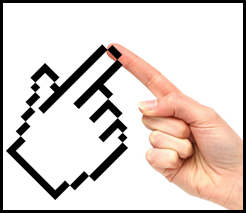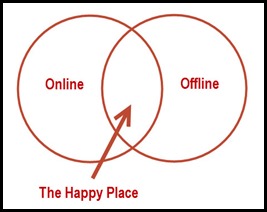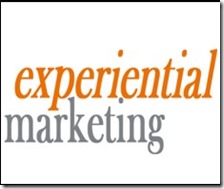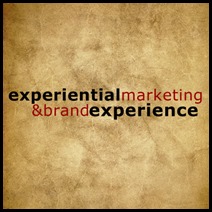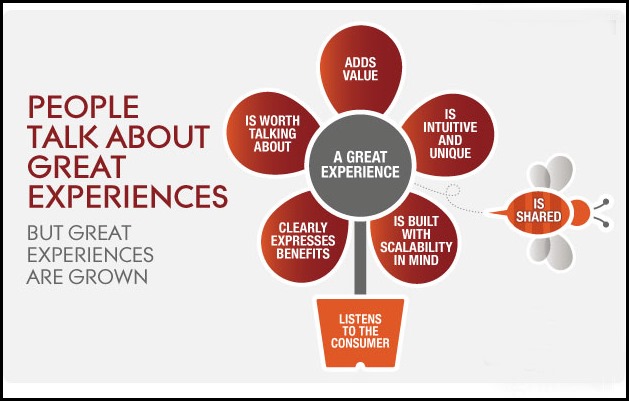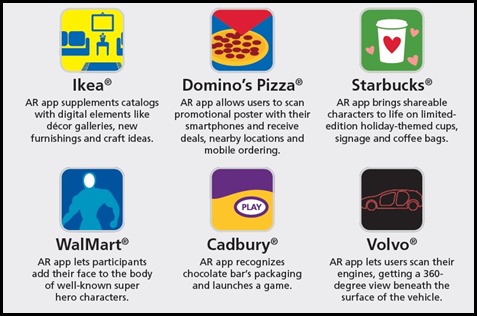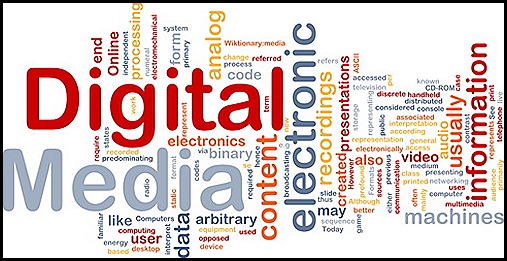 We have landed into the generation where everything is transforming into digital; even the experiences! And in this experiential era, videos can do miracles for your inbound marketing. Videos, particularly YouTube provides referral traffic in terms of user engagement, retention and referrals. Videos can be tremendously beneficial for your inbound marketing attempts. In this time of digitalization and experiences, videos certainly dominate the marketing strategies. What you need to know are the steps towards charging all your marketing efforts with videos and connect with your consumers by appealing to their interests.
We have landed into the generation where everything is transforming into digital; even the experiences! And in this experiential era, videos can do miracles for your inbound marketing. Videos, particularly YouTube provides referral traffic in terms of user engagement, retention and referrals. Videos can be tremendously beneficial for your inbound marketing attempts. In this time of digitalization and experiences, videos certainly dominate the marketing strategies. What you need to know are the steps towards charging all your marketing efforts with videos and connect with your consumers by appealing to their interests.
Videos nowadays are the most powerful tools for any brand. They are, sort of considered to bring along superpowers. Well, let’s check out why so!
There are millions of users who watch online videos everyday. According to a study, 
-
– 45% of internet users view atleast one online video a month
-
– 90% of online shoppers state that videos on a retailer’s website influence better and quick purchasing decisions
-
– 75% of executives view work related videos atleast once a week
-
– 59% of senior executives prefer to watch a video than read text
-
– Integrating a video in an e-mail can increase the click through rates as well
Now, the question is what makes the videos so powerful? What are the three most important traits of videos?
Well, Videos are said to improve:
-
Brand perception – Through body language, expressions, eye contact, voice, tone and appearance more information can be expressed through a video
-
-
Search Engine Optimization – Videos are more likely to receive an organic first page ranking than normal text pages
The next question is; how popular are videos?
YouTube, the most popular video sharing and viewing platform reaches more people than the regular television networks. Every minute, millions of videos are uploaded.
With million videos being uploaded everyday, Instagram is next. The engagement level of Instagram videos is also on the rise and surprisingly, it is more viewed than Instagram photos.
Vine is next in the queue with millions of videos being uploaded everyday. Also, it is estimated that every second atleast five Vine videos are tweeted by people.
It is believed that by the year 2017, two-thirds of the World’s mobile data traffic will be video.
Now, you must be wondering how to take that first step towards creating video. Here you go:
Firstly, define your audience & goal, which means define your message and the target audience it should reach
-
Repurpose a previously successful topic and explain it in a completely new way
-
-
Brand your video with your logo and branding
-
-
Keep it short; keep it simple & sweet, because most users click away from a video in the first few seconds, if the video is not engaging. Therefore, the optimal length for a video is considered to be 60-90 seconds
-
-
Content is key because any video which is just about flash and no message or substance is of no use
-
- Title tips, there has to be something written that makes people watch the videos. proper keywords need to be integrated in the video title to optimize it for search engines.
-
-
Optimize your video for search engines. The video has to be uploaded to right platforms, with right keywords and URLs.
-
-
Go beyond YouTube. Yes, there’s more to explore, such as Instagram, Facebook, website, blog etc.
Encourage sharing and including an html embed code as embedded video views will be added to your ‘views’ tally on YouTube which is an important metric in Google’s search algorithm.
Source: www.bixamedia.com
So, are you set to integrate videos to your marketing strategy? if yes, then do ensure you make it brief, branded, relevant, targeted and also pay attention on carefully curate the meta data. What are your thoughts on the importance of videos? Do share your thoughts in the comments below.






